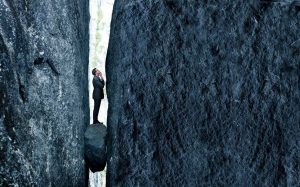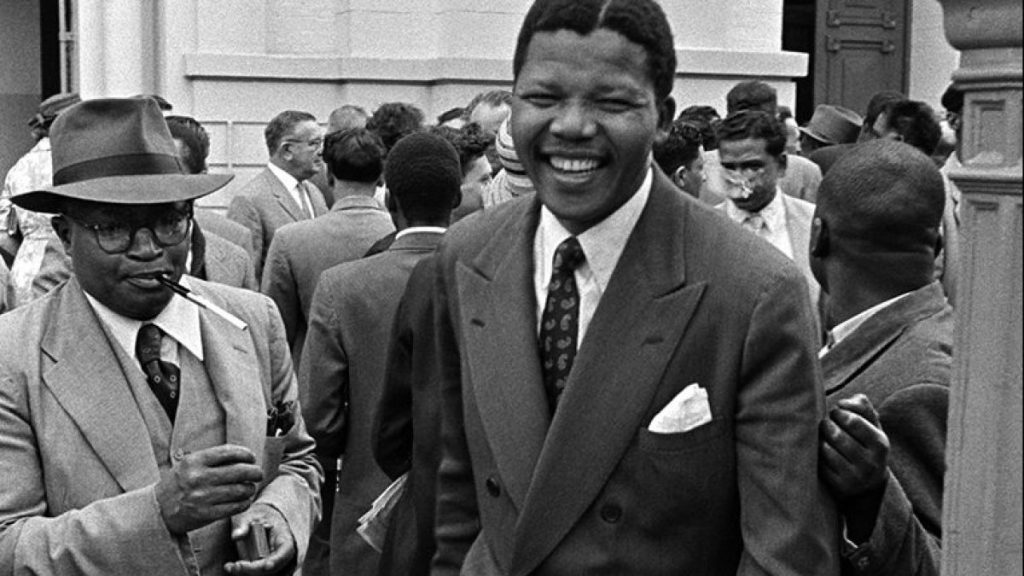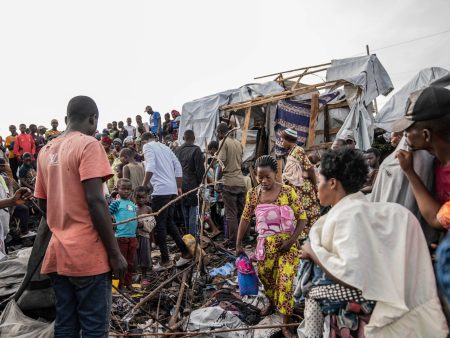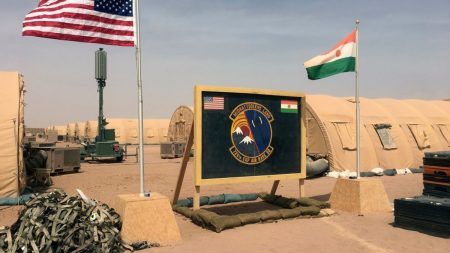Jurgen Schadeberg, the renowned photographer who documented the struggle against apartheid in South Africa, passed away in 2020. In a retrospective interview with Al Jazeera, Schadeberg shared some of his most iconic images and the stories behind them. Born in Germany, Schadeberg moved to South Africa in the 1950s and began capturing the vibrant multiracial communities of Johannesburg amidst the oppressive apartheid regime. His photographs captured moments of everyday life as well as key figures in the anti-apartheid movement, including Nelson Mandela, Miriam Makeba, and Oliver Tambo.
Apartheid, the system of institutionalized racial segregation and oppression that was founded in 1948, entrenched the boundaries between races in South Africa. Through increasingly restrictive laws and policies, the apartheid government sought to maintain white supremacy and control over non-white populations. In response to these oppressive measures, many South Africans, particularly those in multiracial communities, resisted and fought back against apartheid. Schadeberg’s photographs captured these moments of resistance and defiance on the streets of Johannesburg, showcasing the resilience and strength of those who opposed apartheid.
One of the most significant milestones in the fight against apartheid was the first multiracial democratic election held in South Africa on April 27, 1994. This historic event marked the end of apartheid rule and the beginning of a new era of democracy in the country. Nelson Mandela, who had been imprisoned for 27 years for his anti-apartheid activities, was elected as the first Black president of South Africa. Schadeberg’s images from this period capture the hope and optimism of a nation that was finally breaking free from the shackles of apartheid and embracing a future of equality and unity.
Schadeberg’s work for Drum magazine, where he documented life and resistance under apartheid, played a crucial role in raising awareness about the injustices of the apartheid regime. His photographs provided a window into the daily struggles and triumphs of ordinary South Africans who were fighting for freedom and equality. By capturing the humanity and dignity of his subjects, Schadeberg’s images helped to humanize the struggle against apartheid and inspire others to join the fight for justice and equality.
Through his lens, Schadeberg also immortalized some of the leading figures in the anti-apartheid movement, such as Nelson Mandela, Miriam Makeba, and Oliver Tambo. These iconic photographs not only document the history of South Africa’s struggle for freedom, but also serve as a visual testament to the courage and resilience of those who stood up against injustice. Schadeberg’s images continue to inspire and educate people around the world about the power of photography to document history and bring about social change.
As South Africa continues to grapple with the legacy of apartheid and the ongoing struggle for social justice, the work of photographers like Jurgen Schadeberg remains as relevant and impactful as ever. Through his powerful images, Schadeberg captured the spirit of resistance and resilience that defined the anti-apartheid movement, leaving behind a legacy that continues to inspire future generations to fight for a more just and inclusive society.















